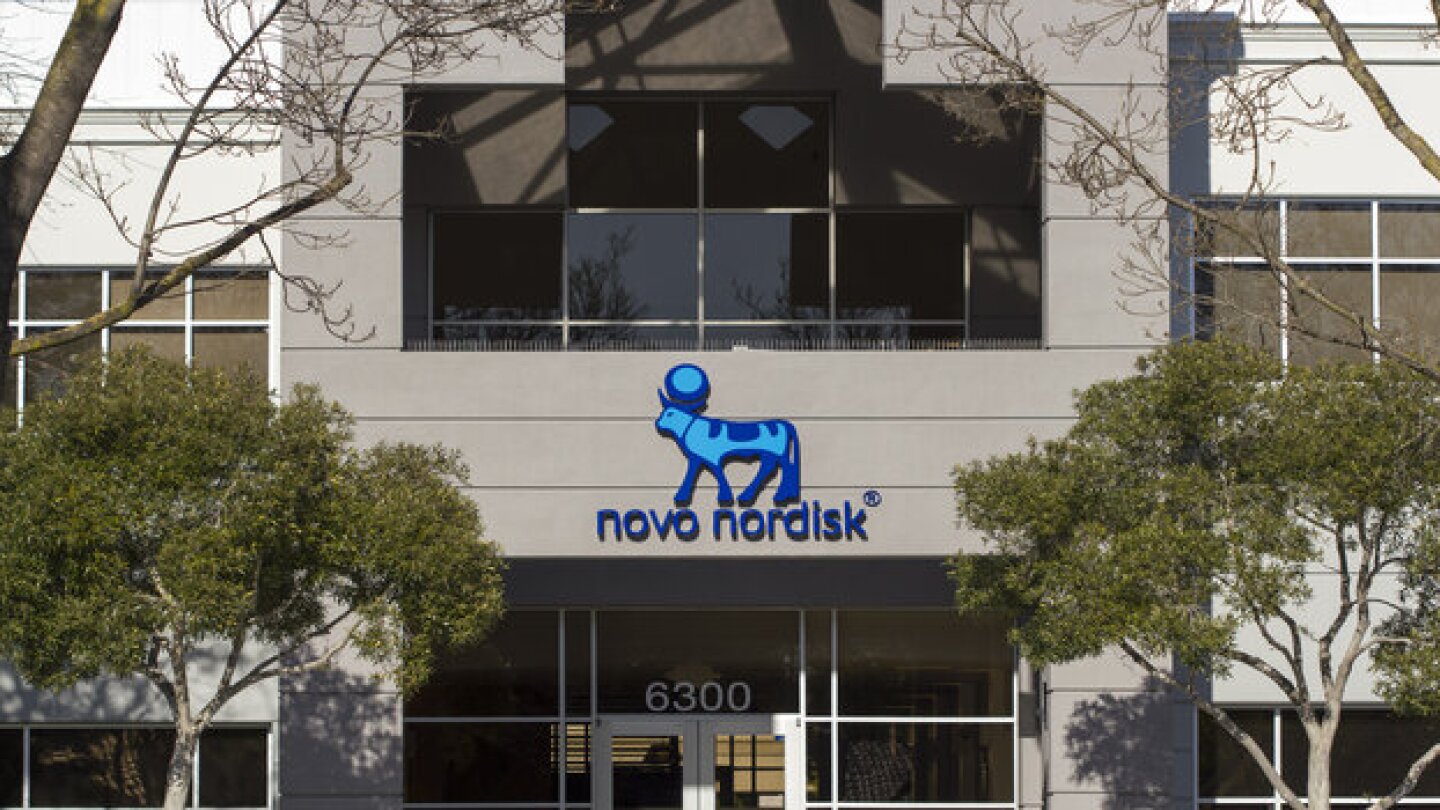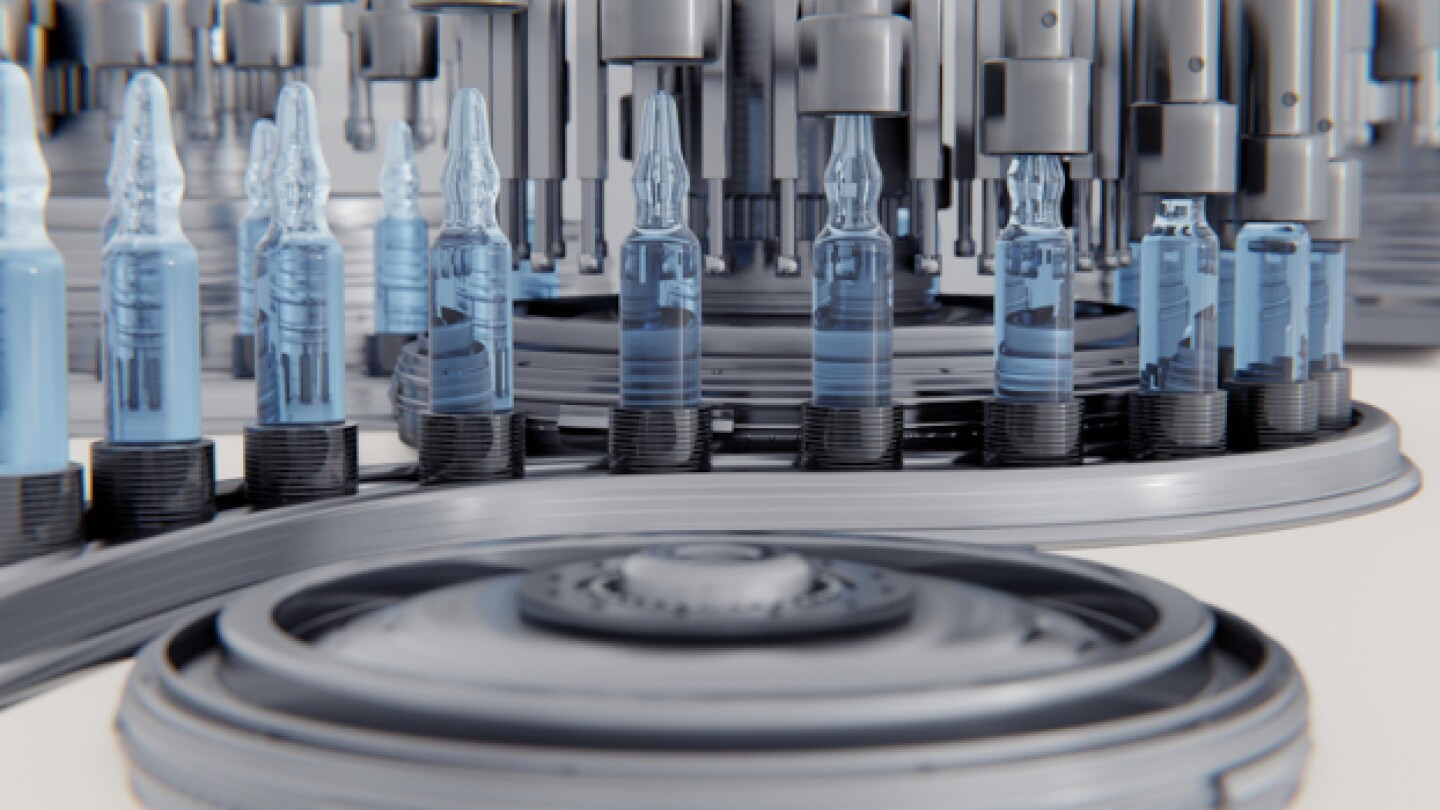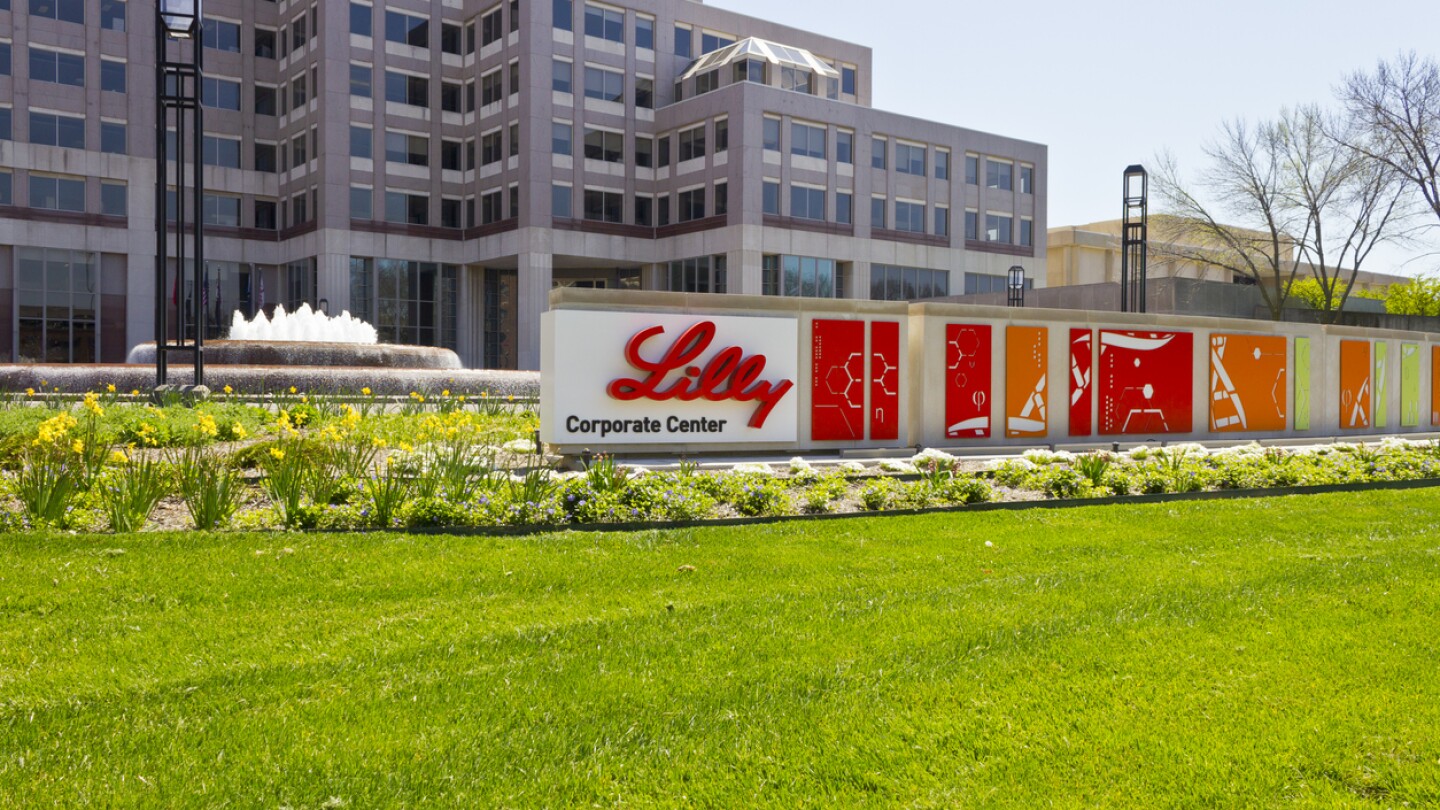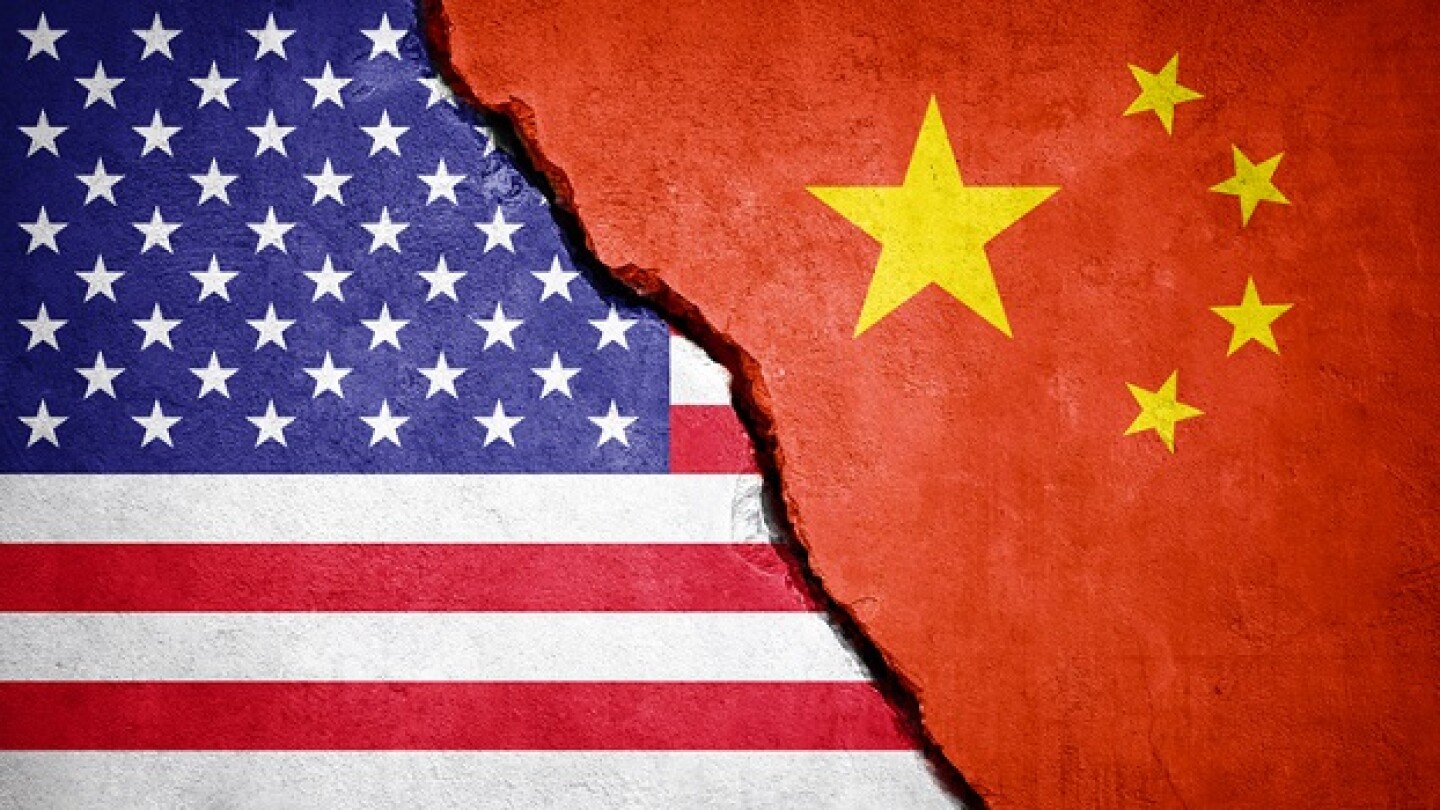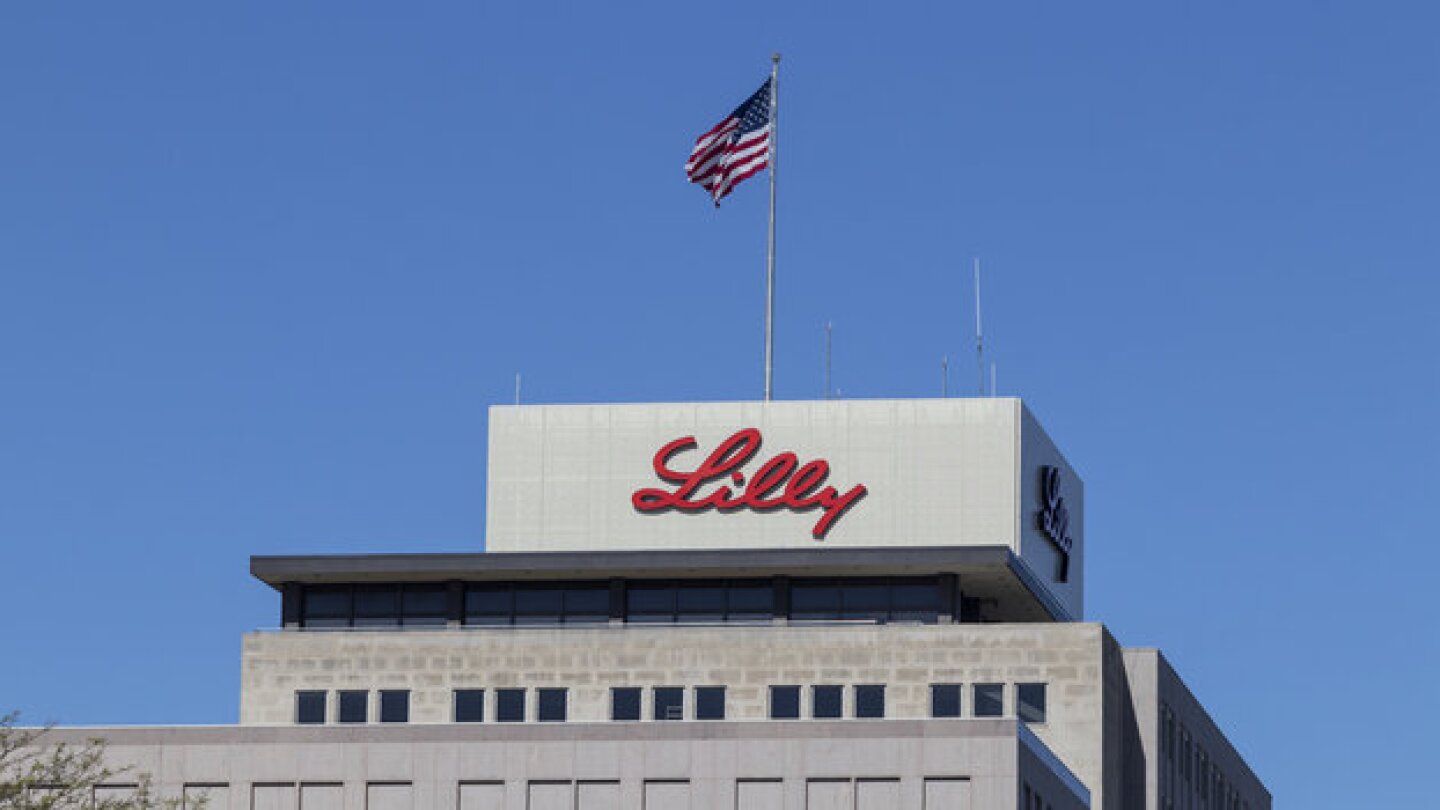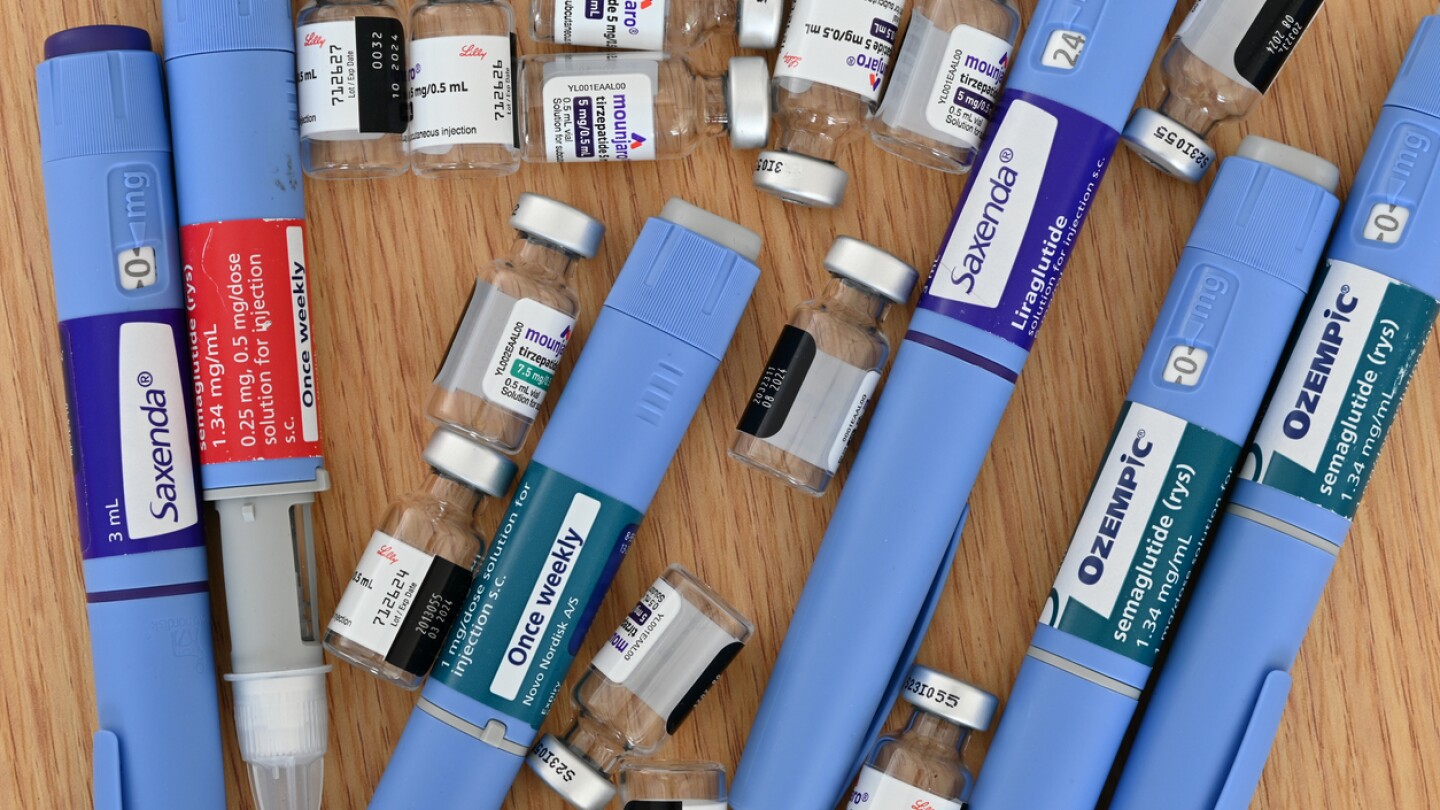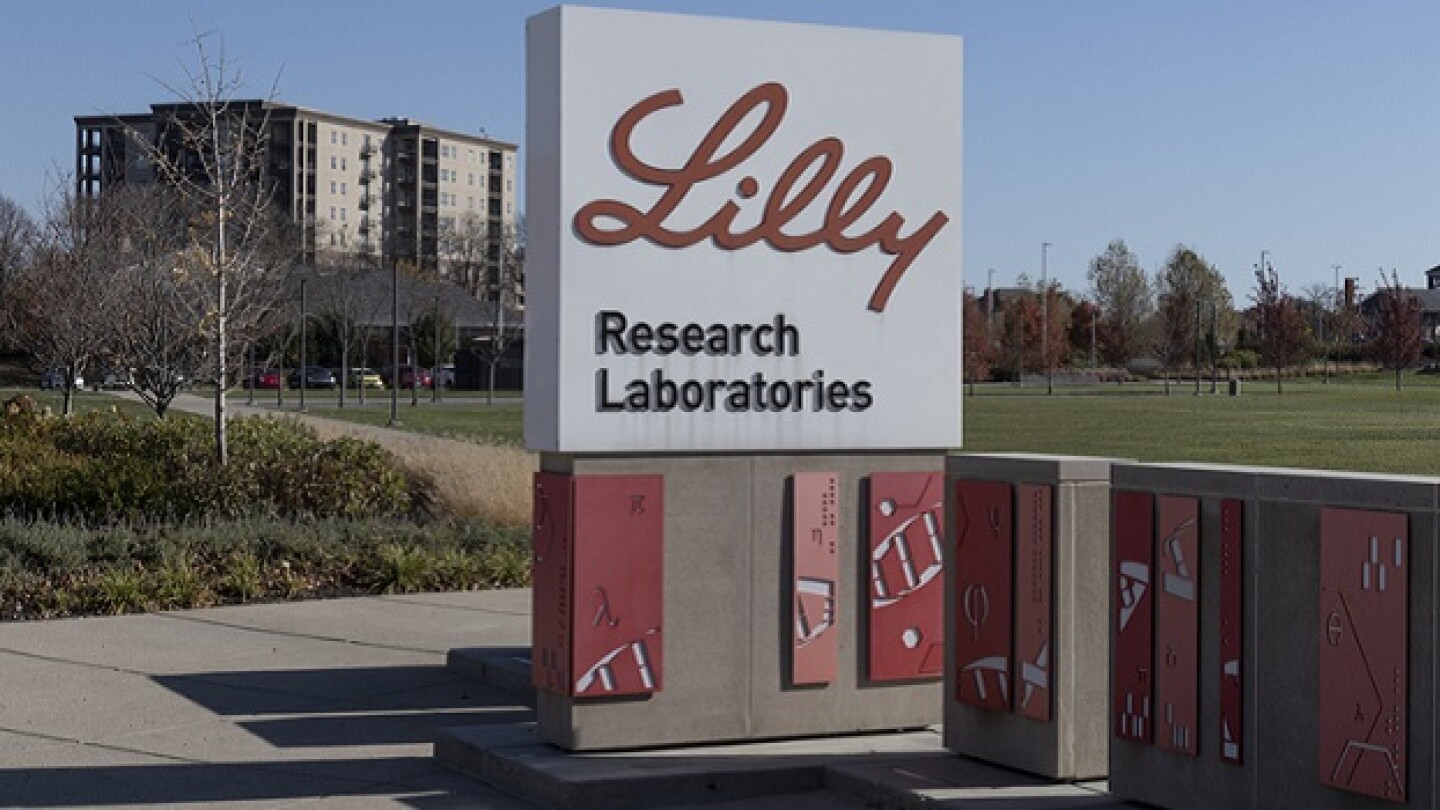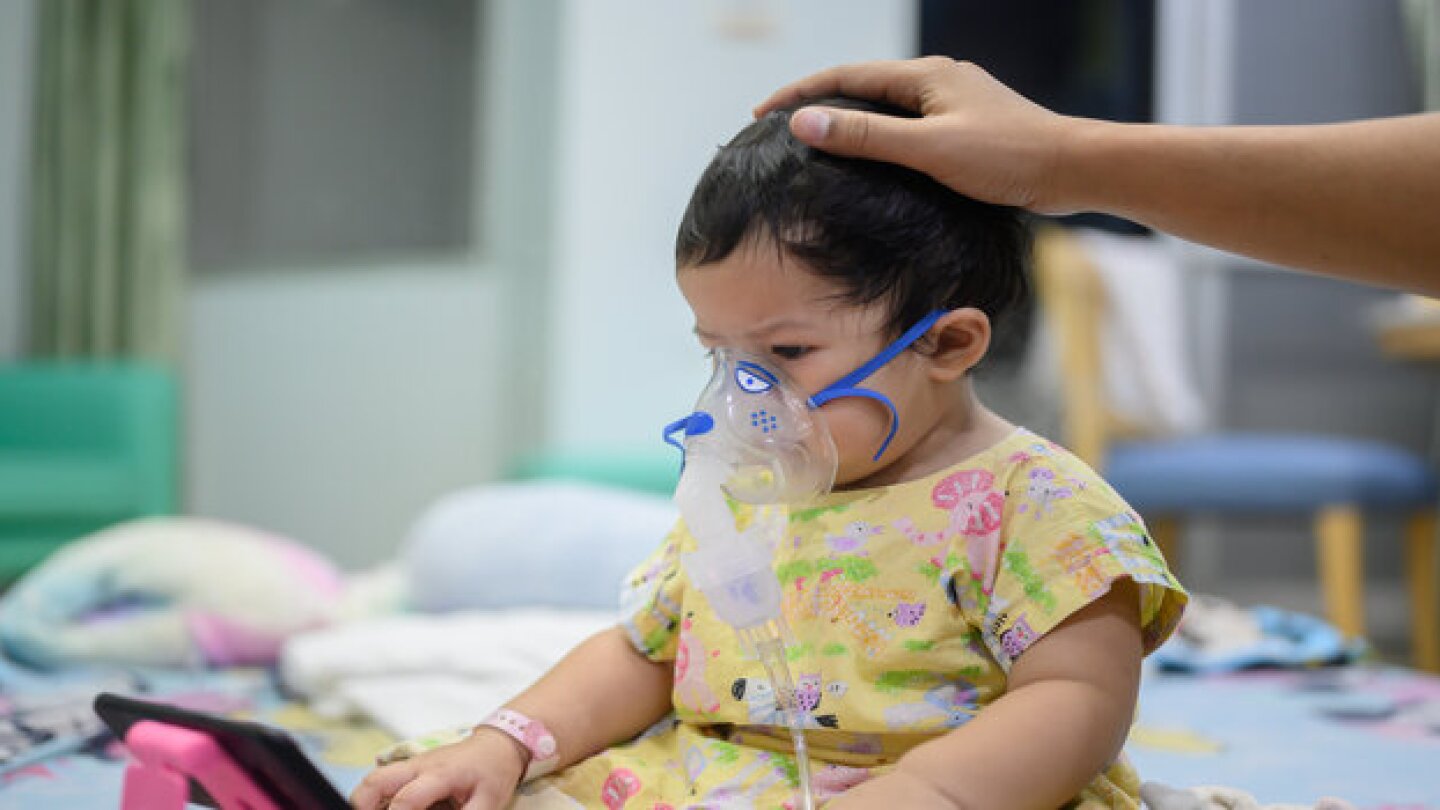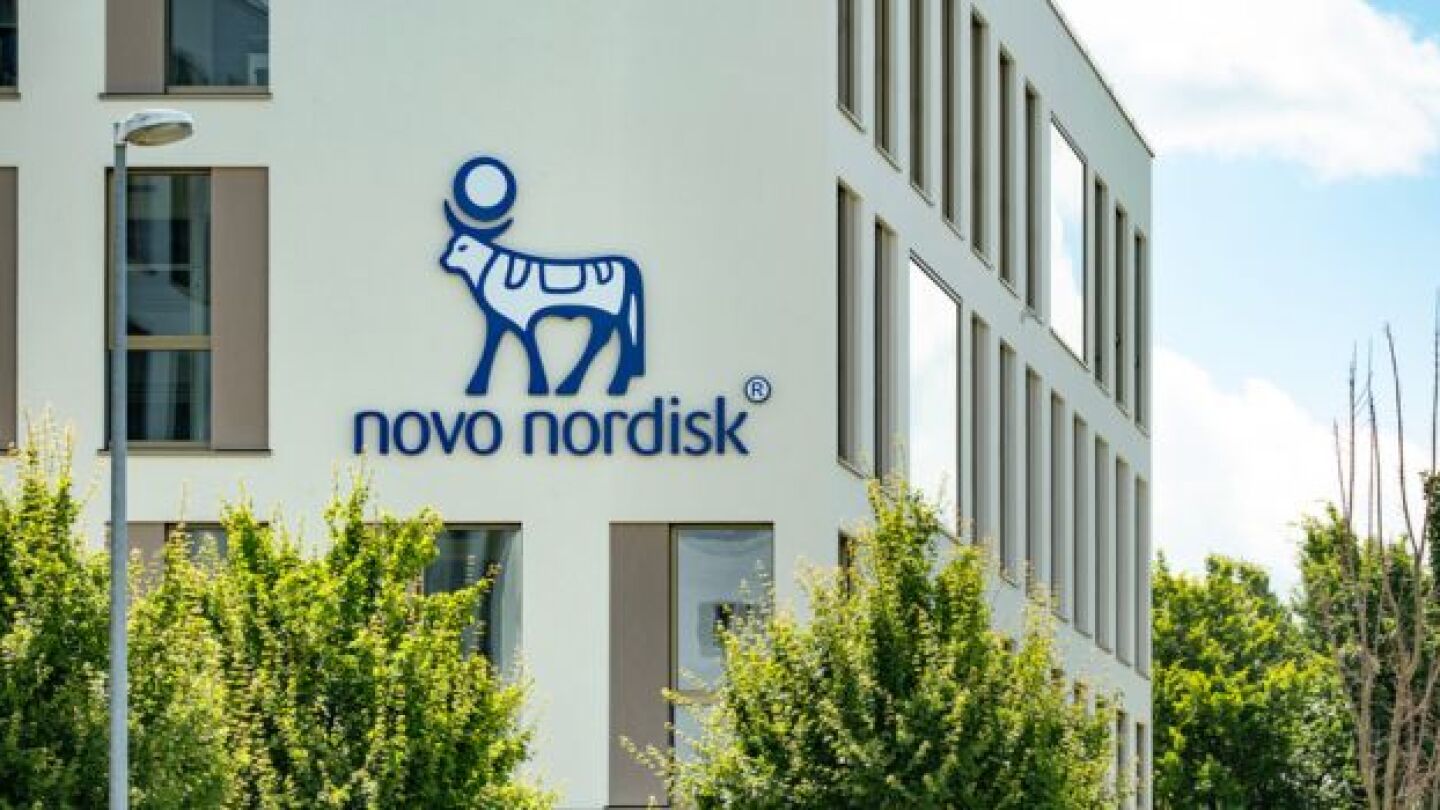Supply chain
Novo Nordisk’s total revenue in the third quarter missed analysts’ expectations but sales of weight loss drug Wegovy exceeded the consensus forecast. Still, the Danish drugmaker narrowed its full-year guidance for revenue and operating profit.
The contract manufacturer fell short of Wall Street’s projections for its first quarter of fiscal 2025, which ended Sept. 30, 2024. The miss comes amid growing opposition to Novo Holdings’ proposed $16.5 billion acquisition of Catalent.
Lilly CEO Dave Ricks in Wednesday’s third-quarter earnings call acknowledged that the company is at the mercy of wholesaler stocking decisions.
As the Chinese contract manufacturer awaits the U.S. Senate’s consideration of the BIOSECURE Act, it has added 800 new customers in the first nine months of 2024, while being hit with a 2% revenue decline in the third quarter.
While the regulator conducts another review into the supply of Eli Lilly’s tirzepatide, compounders will be able to continue selling their own remixed versions of the blockbuster drug.
Scaling GLP-1 manufacturing capacity remains a key priority for the pharma industry, to help supply catch up with the insatiable demand for weight loss drugs.
BMO Capital Markets analyst Evan Seigerman called it “another positive indication” for Eli Lilly, whose top-selling diabetes and weight loss drugs are gaining market share as manufacturing continues to expand, while noting the drugmaker could start to benefit heading into third quarter earnings.
The newly approved filling line will be able to provide both 50-mg and 100-mg doses of the respiratory syncytial virus antibody Beyfortus to help meet demand ahead of the 2024/2025 RSV season.
As Congress considers a bill that aims to distance U.S. biopharma from five Chinese companies, the industry must emphasize the importance of prioritizing patient care over power plays.
Novo Nordisk’s continuing supply problems for semaglutide come as the pharma tries to expand the drug’s indication, opening it up to more patients—and potentially to heavier production pressures.
PRESS RELEASES

